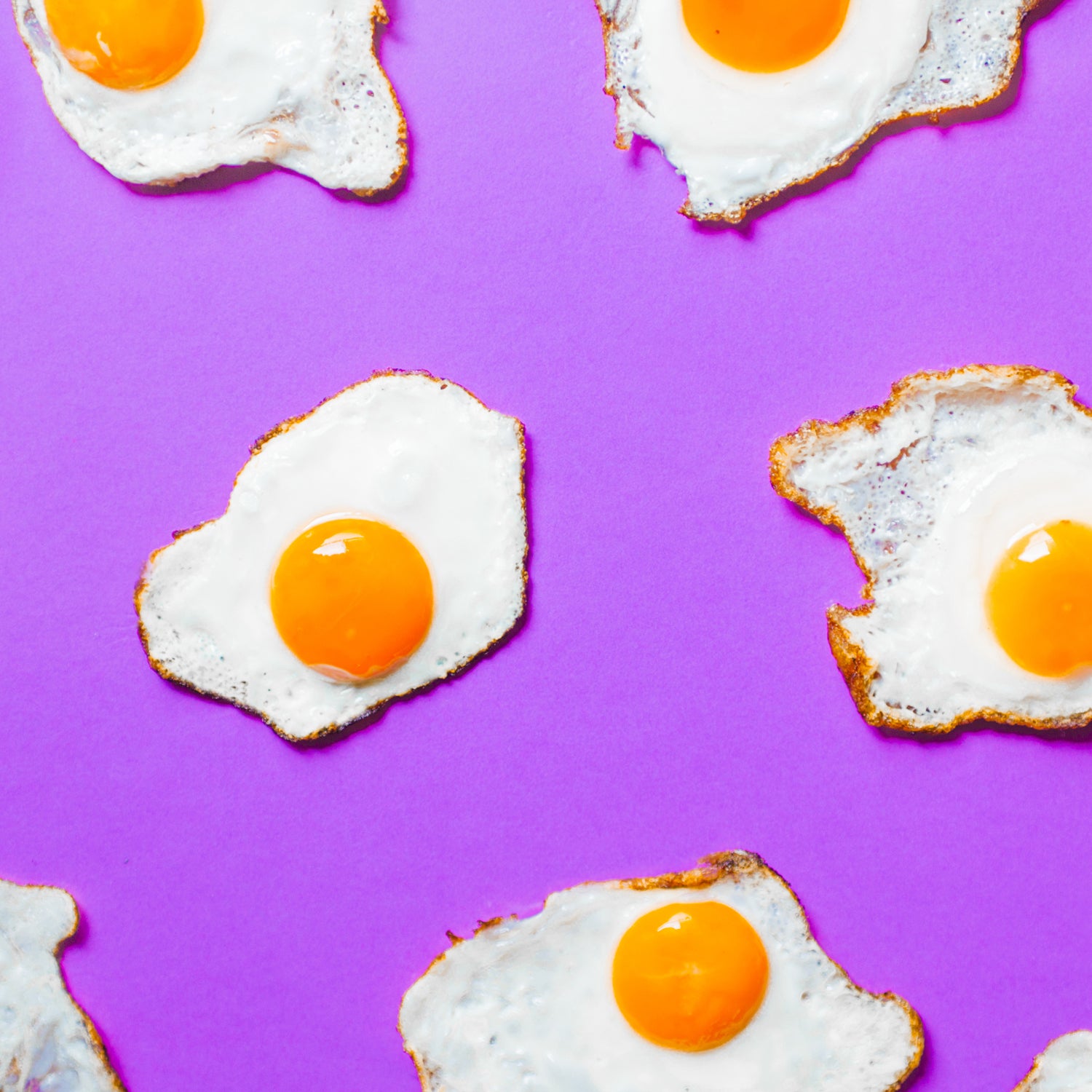Protein may be athletes’ most-loved macro, and for good reason. It’s crucial for muscle synthesis and incredibly satiating, making it perfect for endurance athletes in particular. “If you eat a whole loaf of bread all by itself, you’re probably not going to feel very satisfied,” says Stevie Smith, a Washington D.C.–based registered dietitian and multiple Ironman finisher. Add some peanut butter, though, and you have yourself a filling meal.
But as our obsession with protein grows—and the market for protein products grows with it—it’s harder than ever to know how to fuel for maximum potential. We talked to the experts to help you navigate what you need to perform at your best.
Which Is Better: Animal or Plant-Based Protein?
Animal products are typically the most efficient sources of protein. A published in the Journal of Nutrition found that beef-, milk-, and egg-based options were more effective than plant-based sources for supporting muscle synthesis in athletes. In comparison, plant-based proteins have lower digestibility rates, meaning you absorb less protein per ounce, says study co-author Luc J.C. Van Loon, a professor at . “And most contain fewer essential amino acids, the ones that your body can’t create on its own and instead must be consumed through food.” Meanwhile, those animal sources are considered “complete” because they have all nine of the essential amino acids, says Smith.
Plant-based athletes: don’t panic yet. Although you may need more protein than the average desk-sitter, the gap isn’t so wide that eating animals or animal products is a necessity, says Andy De Santis, a Toronto-based registered dietitian. It just means you have to emphasize variety in your meals since you’re not getting the whole roster of amino acids in most of your plant-based protein sources.
Soy and quinoa are complete proteins and, as a result, vegetarian favorites, but there are other ways to get your fuel from plants if you’re willing to mix and match. Foods like nuts and beans provide some but not all of the amino acids your body needs. Pair them with foods that offer up different essential aminos—like beans with rice or hummus with pita—and you’ll have a complete protein on your plate. While these are obvious combos, Smith points out that you don’t have to eat these foods at the same time to get the benefits: “You just have to eat them both within 24 hours.”
Eat More Real Foods
Supplements, powders, and bars can be immensely helpful in certain situations. As a rule, however, try to get most of your protein from real sources—animal or plant. Things like nutritional yeast, liquid aminos, and protein-fortified products have a time and a place—quick recovery or easy supplements if you aren’t quite hitting the mark with your meals—but they shouldn’t be your sole source, says Smith.
Even if two different foods contain the same amount of protein, like the 20 grams found in both protein powder and a chicken breast, you’re not getting the same benefits, says Dina Griffin, a Boulder, Colorado–based registered dietitian and board-certified sports dietitian. For one, real food—say, a piece of fish or serving of lentils—is generally eaten as part of a larger meal that often includes things like grains, fruits, and veggies. Those ingredients add even more amino acids and micronutrients to the mix. Protein powders tend to exist in a vacuum, often combined only with water between the gym and your office, so you miss out on that opportunity for added nutrition, Griffin says. Plus, certain types, such as pea protein powder, probably lack some of the amino acids you need to promote optimal muscle-protein synthesis. Or they add questionable ingredients that may muddle the message on the packaging, adds Smith.
Pick Your Powder Wisely
If you aren’t following a strict plant-based diet, Van Loon and Smith both suggest using an animal-based protein powder, such as one made from milk or eggs. The most readily available options come from dairy milk: whey isolate, whey concentrate, and casein.
“Whey isolate is going to be your purest protein [powder] source available,” says Smith. All of the fat and lactose have been stripped away until only the protein remains. That said, whey isolate undergoes a lot of chemical treatment to remove the other nutrients. All that processing can prematurely break down some of the protein and diminish its impact. On the other hand, whey concentrate goes through gentler processing but offers less pure protein per serving since it isn’t as concentrated. Finally, casein is the best option for trying to build muscle overnight. “It releases amino acids slowly, which is why a lot of bodybuilders take it before bed,” says Smith.
As for the plant-based options, Smith likes (and uses) pea-based protein, but she’s careful to incorporate it into a balanced diet because it’s missing some of those essential amino acids. Soy is another option and has a slightly higher amino acid count. Ultimately, Smith says your choice between the two may come down to personal preference and what works best for your GI system, since one may sit better in your stomach than another.
Just like powders, protein bars are best viewed with a touch of skepticism—many have added sugars or artificial sweeteners. Read the ingredients to see where the protein is coming from and what else is added.
Don’t Worry Too Much
Don’t get overwhelmed by all the good advice above. It’s really not that hard to hit your daily allotment of protein, and you don’t need to consume 16 eggs at every meal to make muscle. In fact, you don’t want to do that. A in the Journal of the Academy of Nutrition and Dietetics found that only the first 30 grams of protein consumed at each meal were used for muscle synthesis.
Van Loon recommends eating 20 to 25 grams of high-quality protein four times a day. You can hit that 20-gram mark with a small chicken breast, two-thirds of a can of tuna, or a cup of lentils. If you’re eating plant-based protein, make sure it’s from a variety of sources, like nuts, legumes, seeds, quinoa, and soy. Cap off your day with one last serving of protein, like a cup of Greek yogurt or cottage cheese, which Van Loon says will “help optimize overnight recovery.”


